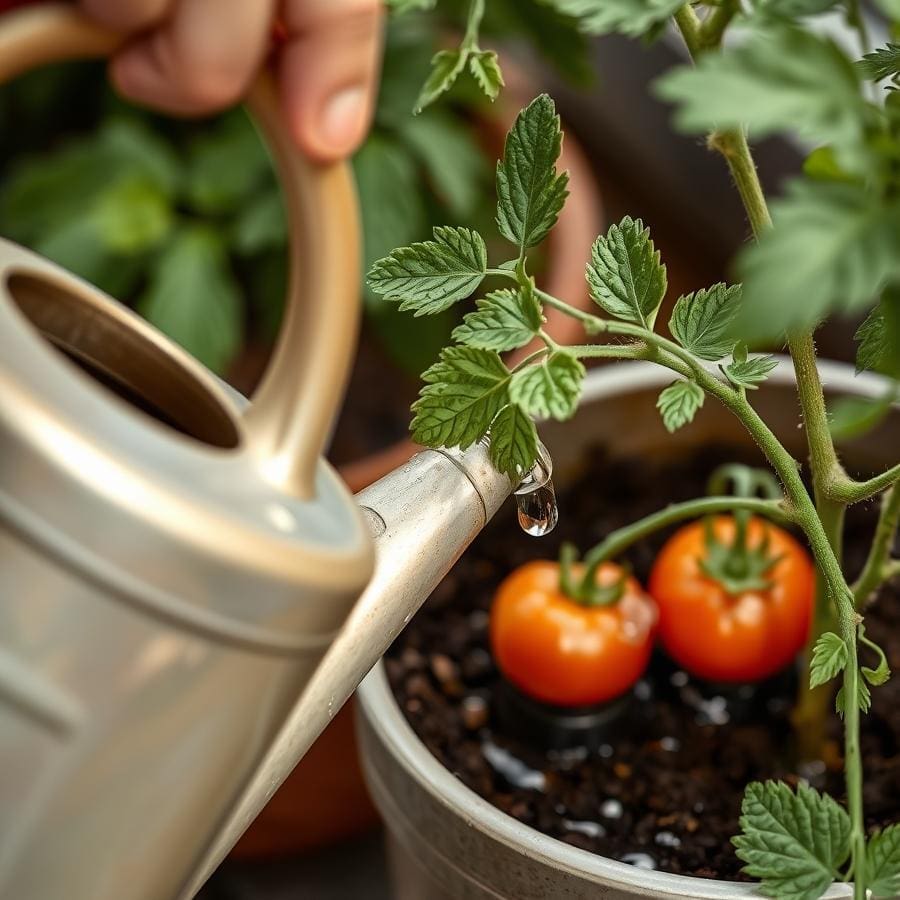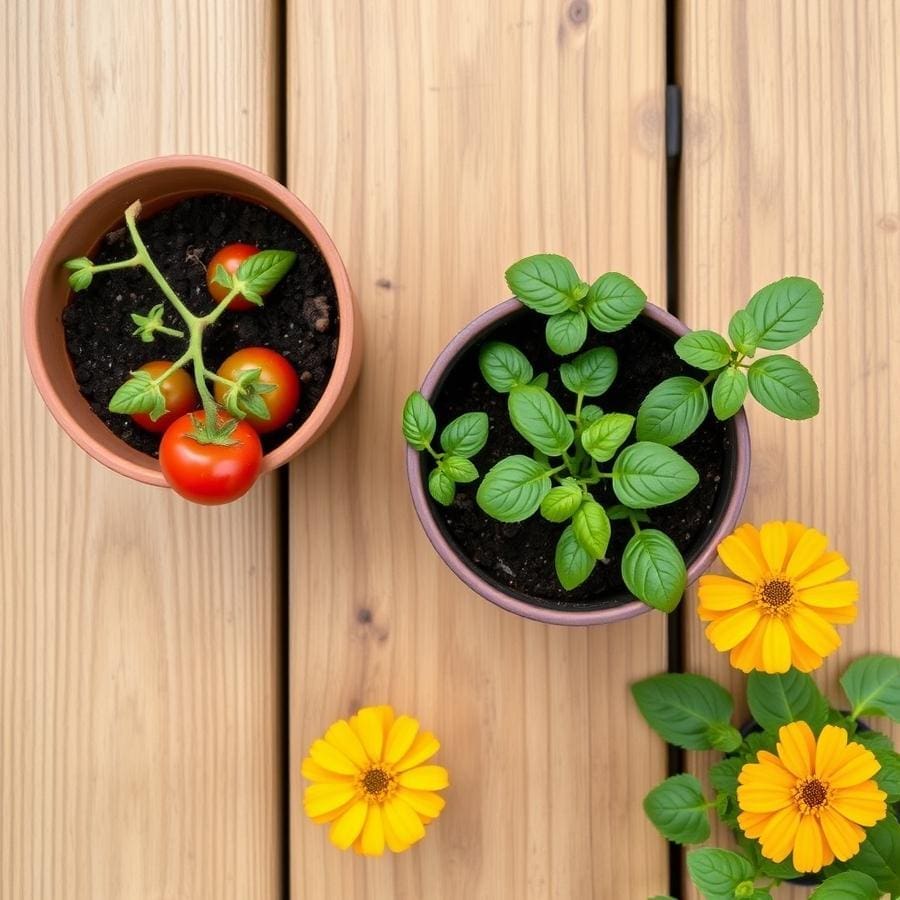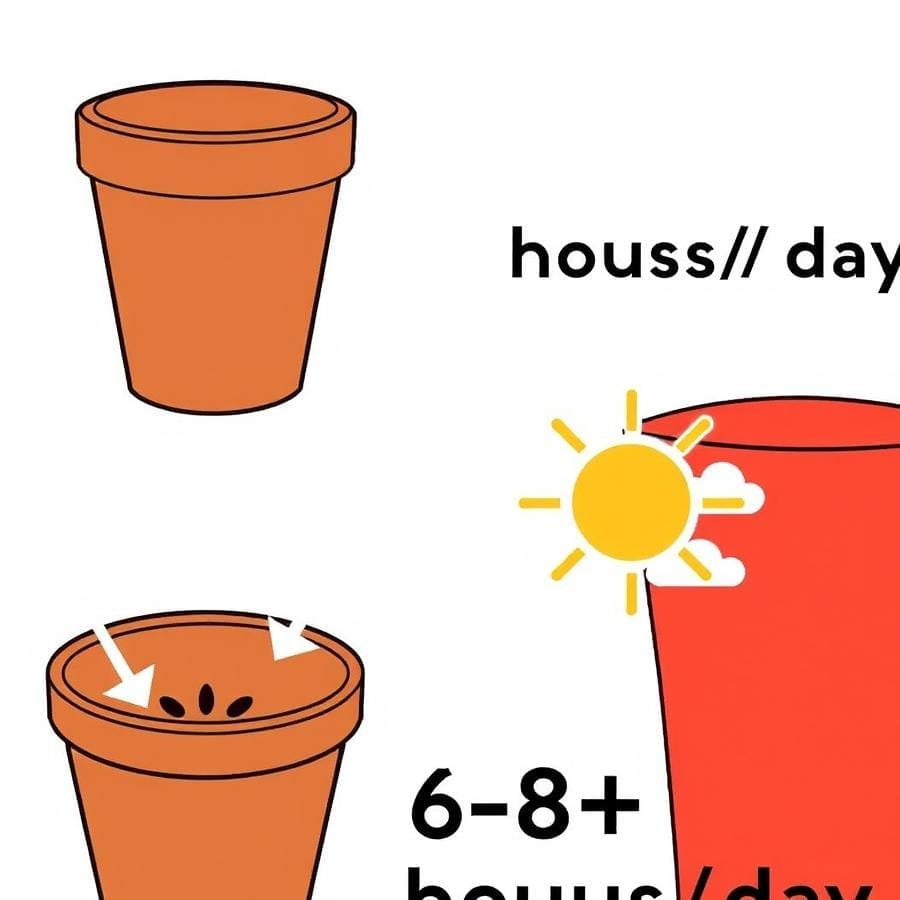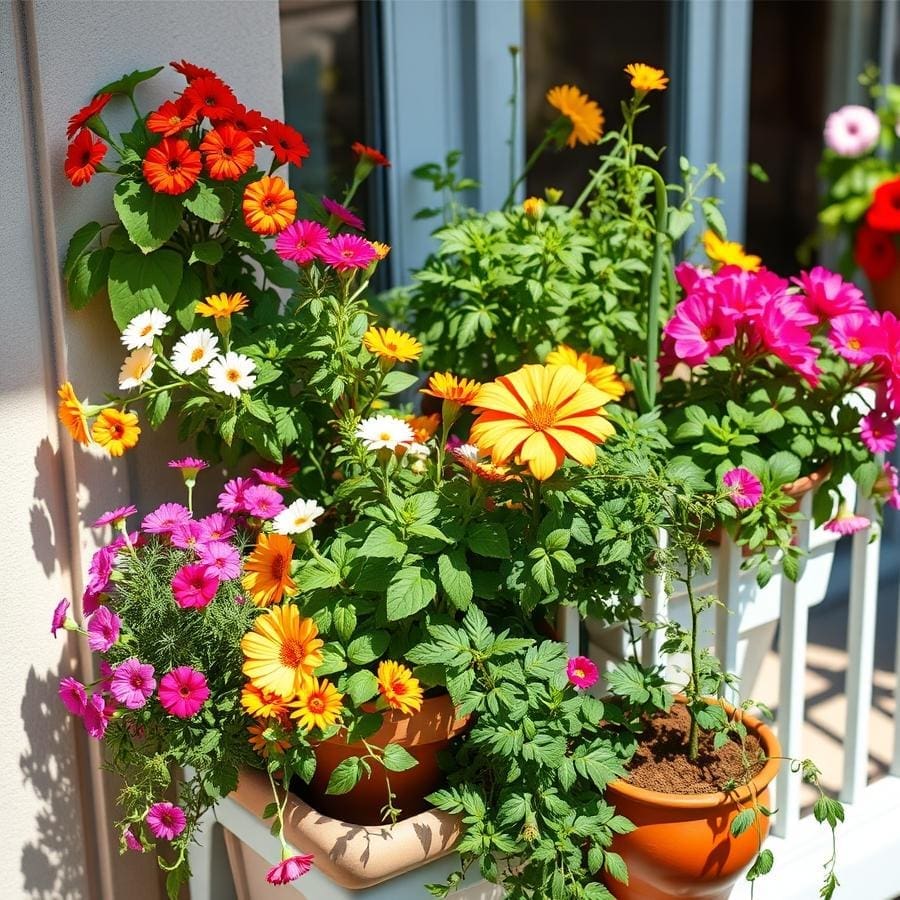The Ultimate Guide to Container Gardening for Beginners

Dreaming of fresh, homegrown herbs and vegetables but limited by space? Container gardening is the perfect solution for urban dwellers and anyone with a sunny patio, balcony, or windowsill.
It’s an accessible, rewarding way to connect with nature and enjoy the satisfaction of growing your own food and flowers. It can also be a wonderful way for families to learn where their food comes from, a key part of raising healthy vegan kids. This guide will demystify the process, providing you with the foundational knowledge to start your container garden with confidence.
Step 1: The Foundation – Pots, Soil, and Sunlight

Your success begins with the right setup. First, select a container with adequate drainage holes at the bottom to prevent waterlogging and root rot, a point emphasized by publications like The Old Farmer’s Almanac.
The material—terracotta, plastic, or fabric—matters less than the drainage. Next, fill it with a high-quality potting mix, not soil from your yard.
Potting mix is lighter and formulated to retain moisture while still allowing for aeration. Finally, assess your light.
Most vegetables and flowering plants require at least 6-8 hours of direct sunlight per day. Observe your chosen spot throughout the day to ensure it gets enough sun before you plant.
Step 2: Choosing Your Plants

For your first container garden, choose plants known for being resilient and productive in pots. For herbs, basil, mint, rosemary, and chives are excellent choices.
If you want vegetables, look for ‘bush’ or ‘patio’ varieties of tomatoes, peppers, and zucchini, which, as the University of New Hampshire Extension confirms, are bred for compact spaces. Leafy greens like lettuce and spinach also do exceptionally well.
For a splash of color, you can’t go wrong with hardy annuals like petunias, marigolds, and geraniums. Always read the plant tag for specific light and water requirements.
Step 3: Watering, Feeding, and Ongoing Care

As noted by the Royal Horticultural Society, plants in containers dry out much faster than those in the ground. In hot weather, you may need to water daily.
The best way to check is to stick your finger one inch into the soil; if it feels dry, it’s time to water. Water thoroughly until you see it running out the drainage holes.
Since nutrients in a pot are finite, you’ll need to fertilize. A balanced, all-purpose liquid fertilizer applied every 2-4 weeks during the growing season will keep your plants fed and happy.
Regularly remove any dead leaves or spent blooms to encourage new growth.
Conclusion
Container gardening is a wonderfully fulfilling hobby that brings life and beauty to the smallest of spaces. By starting with a solid foundation of the right pot, soil, and location, selecting appropriate plants, and providing consistent care, anyone can cultivate a thriving garden.
Embrace the learning process, enjoy the connection to nature, and get ready to savor the taste of your very own homegrown produce—perfect for trying in a new recipe like this easy 10-minute BBQ tempeh.
